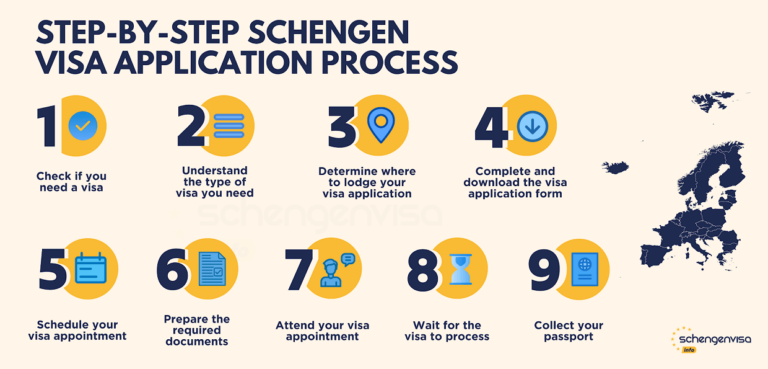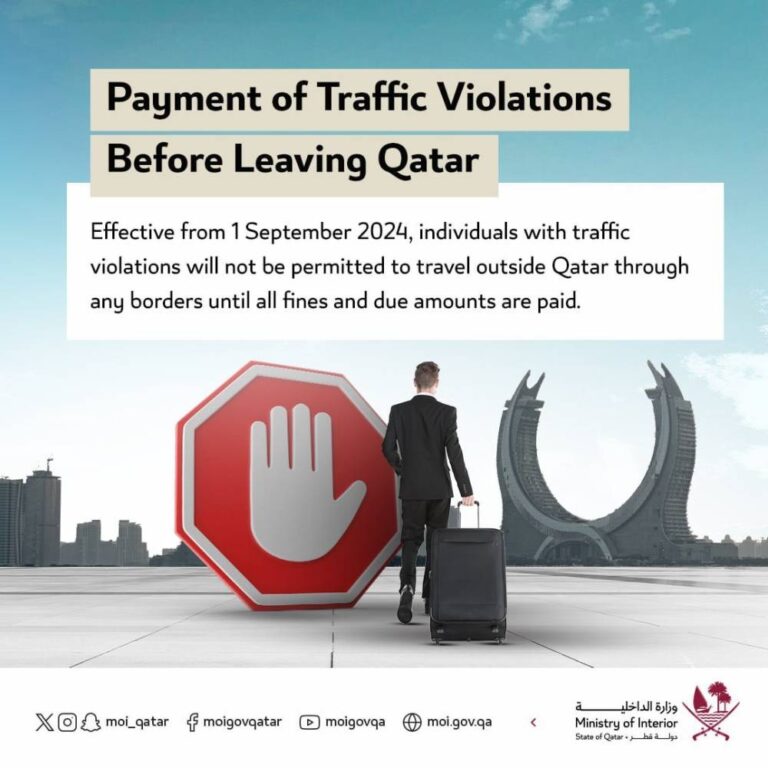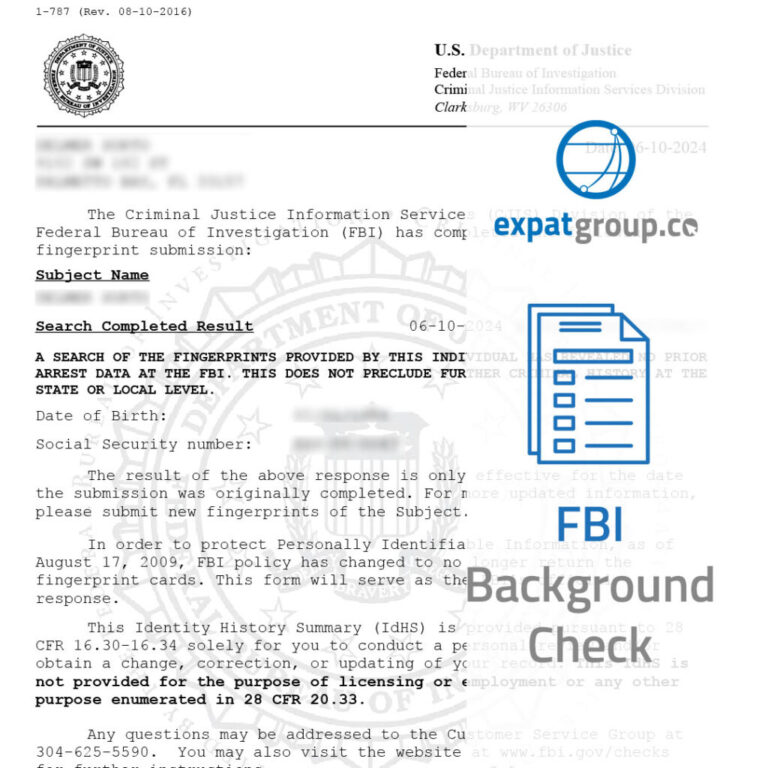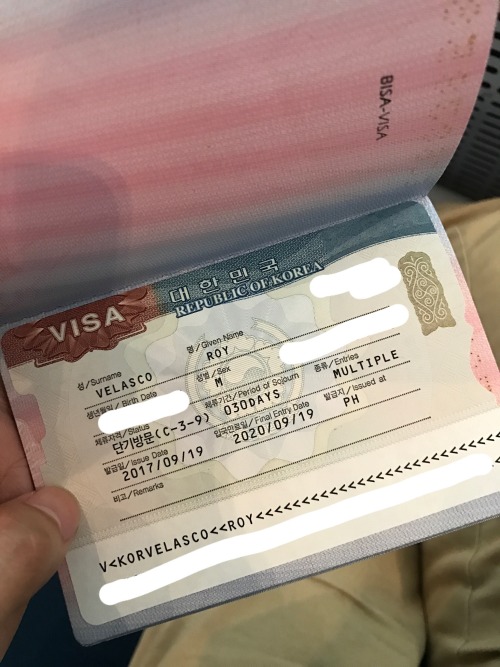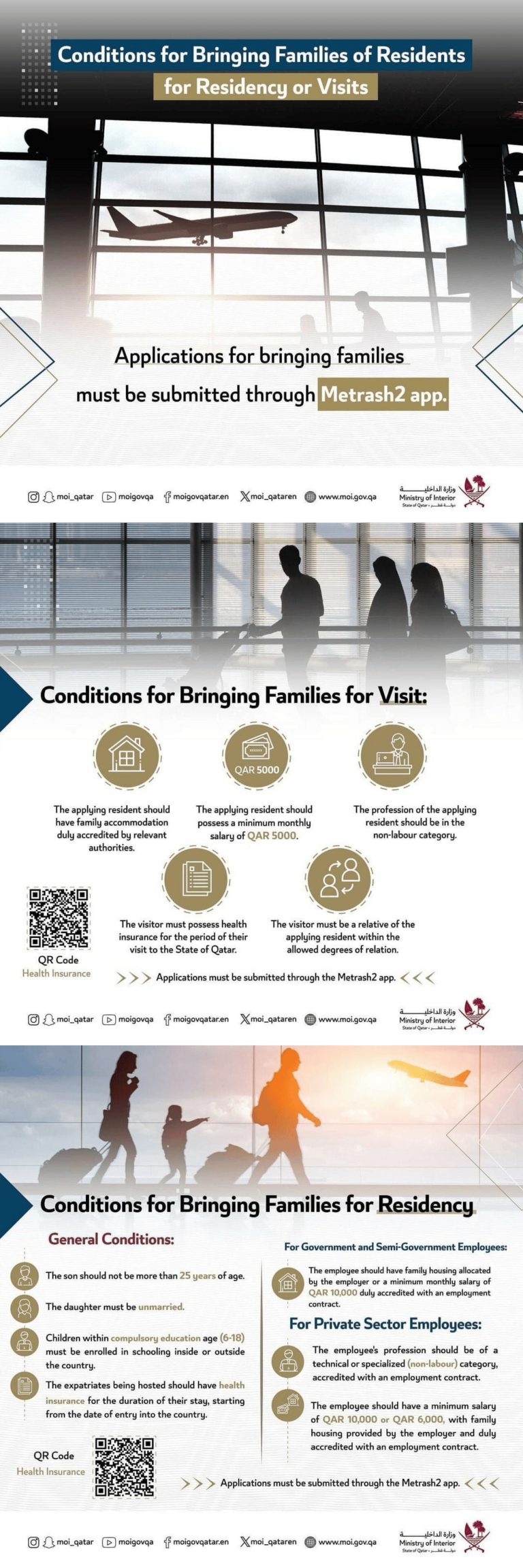Journey Awaits: Crafting the Ideal Tourist Visa Invitation Letter
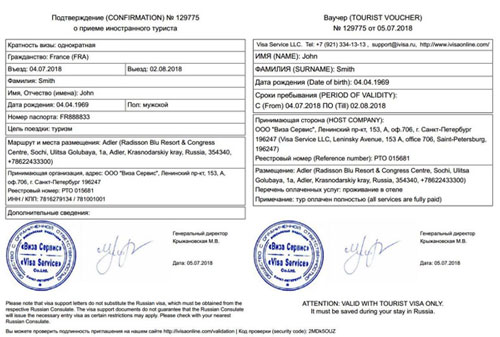
Understanding Tourist Visas
When planning international travel, comprehending the intricacies of tourist visas is imperative. This section aims to provide clarity on the importance of visa invitation letters and specifics about tourist visas to the USA.
Importance of Visa Invitation Letters
A visa invitation letter is a document written by someone residing in the destination country. For a U.S. visa, an invitation letter is written by a U.S. citizen or legal resident to invite a visitor. This letter details the purpose of the visit, the host’s information, and their commitment to support the visitor during their stay (Manifest Law).
While it’s not a requirement to have an invitation letter when applying for a tourist visa to the USA, it serves a vital purpose. The primary focus for visa approval is demonstrating strong ties to your home country, showing you will return after your visit (Quora). Including an invitation letter can bolster your application by providing:
- Assurance of genuine visit intent.
- Proof of accommodation and support.
- Verification of the host’s legal status in the USA.
For more insights on invitation letters, you can explore our article on sponsor letter for tourist visa.
Tourist Visas to the USA
Tourist visas to the USA are classified under B-2 Visitor Visas. This visa allows foreign nationals to visit the United States for tourism, vacation, or family visits.
Key Points:
- Eligibility: The applicant must satisfy the consular officer that they intend to return to their home country post-visit.
- Validity: Generally valid for up to 10 years, with a maximum stay of 6 months per visit.
- Purpose: Allows for tourism, visiting family/friends, or medical treatment.
- Restrictions: B-2 visa holders and Waived Tourists (WT) status visitors cannot work during their stay (University of Iowa).
Table: B-2 Visitor Visa vs. Visa Waiver Program
| Criteria | B-2 Visitor Visa | Visa Waiver Program |
|---|---|---|
| Duration of Stay | Up to 6 months | Up to 90 days |
| Application Process | Requires visiting a U.S. consulate | Online application via the ESTA system |
| Restrictions | No employment allowed | No employment, might not extend beyond 90 days |
| Countries Eligible | All countries | Specific countries (e.g., UK, Germany, Japan) |
| Processing Time | Varies (weeks to months) | Immediate to a few days |
For a detailed guide on the visa waiver program and other specific tourist visas, visit our resource on tourist visa requirements.
Related Links:
- B-2 Visitor Visa Overview
- Visa Waiver Program Information
- Visa Status Restrictions
Understanding these fundamentals of tourist visas and the application process can greatly enhance your travel preparations, ensuring a successful and well-documented journey.
Writing an Invitation Letter
Creating a compelling invitation letter is a critical step in applying for a tourist visa. The letter must adhere to specific guidelines to ensure its effectiveness and appropriateness.
Official Language Considerations
When crafting an invitation letter for a tourist visa, it is essential to write it in the official language of the country’s embassy. For instance, if you’re inviting someone to Canada, the letter can be written in English or French, the two official languages of Canada (Quora). Check the specific requirements of the destination country to ensure compliance with language protocols.
Components of an Invitation Letter
A well-structured invitation letter for a tourist visa should include multiple elements to convey all necessary information clearly and effectively. The following sections outline the key components:
- Sender’s Information: Include your full name, address, and contact details.
- Recipient’s Information: State the full name and address of the recipient.
- Salutation: Use a formal greeting such as “Dear Sir/Madam.”
Details of the Visit
Provide comprehensive information about the visit, including:
- Purpose of the Visit: Clearly explain why the invitee is visiting, whether for tourism, family visits, or special events.
- Duration of Stay: Specify the expected arrival and departure dates.
- Accommodation Details: Mention where the invitee will stay during their visit.
Financial Support Information
If you are providing financial support for the invitee, include details such as:
- Nature of Support: Outline whether you will cover travel expenses, accommodation, and daily expenses.
- Financial Proof: Attach relevant documents such as bank statements or affidavits of financial support as needed (Quora).
Personal Information of the Invitee
Include essential details about the person being invited:
- Full name
- Date of birth
- Passport number
- Relationship to the inviter
Personal Information of the Host
Provide your personal details, which should include:
- Full name
- Date of birth
- Passport number (if applicable)
- Status in the host country (citizen, permanent resident, etc.)
Conclusion
End the letter by expressing your anticipation for the visit and providing your contact information for any further inquiries.
The following table exemplifies the structure of a comprehensive invitation letter:
| Section | Details |
|---|---|
| Sender’s Information | Full Name, Address, Contact Details |
| Recipient’s Information | Full Name, Address |
| Salutation | “Dear Sir/Madam” |
| Purpose of Visit | Reason for the visit |
| Duration of Stay | Arrival and departure dates |
| Accommodation Details | Where the invitee will stay |
| Financial Support | Nature of financial support and proof |
| Invitee’s Information | Full name, Date of birth, Passport number |
| Host’s Information | Full name, Date of birth, Passport number |
| Conclusion | Anticipation for the visit, Contact information |
By including these components, you can craft a well-rounded and effective tourist visa invitation letter that meets the requirements of various embassies and consulates. For more guidance on the tourist visa process, visit our related articles.
Tourist Visa Application Process
When planning a visit to the US, understanding the tourist visa application process is crucial. This section covers an overview of the B-2 Visitor Visa, information about the Visa Waiver Program, and visa status restrictions.
B-2 Visitor Visa Overview
When you want to visit the US as a tourist, you will most likely apply for a B-2 visitor visa. This visa is intended for individuals visiting the US for tourism, medical treatment, or visits with friends and family (International Programs – University of Iowa).
The maximum initial period of stay for visitors in B-2 status is generally six months. It’s important to note that an extension beyond this period is evaluated on a case-by-case basis (International Programs – University of Iowa).
| Criteria | Details |
|---|---|
| Visa Type | B-2 Visitor Visa |
| Purpose | Tourism, medical treatment, visiting friends |
| Maximum Initial Stay | 6 months |
| Extension | Evaluated case-by-case |
To apply for a B-2 visa, you will need to complete the tourist visa application form and provide necessary documents for visa interview. For more detailed instructions, read our guide on how to apply for a tourist visa.
Visa Waiver Program Information
The Visa Waiver Program (VWP) allows citizens of certain countries to visit the US for up to 90 days without needing to obtain a visa. This is an option for visitors coming for business or tourism purposes.
It’s important to remember that visitors entering under the VWP cannot extend their stay or change their status within the US. This means that if you plan to stay longer or change the purpose of your visit, you must apply for the appropriate visa before entering the US.
| Feature | Details |
|---|---|
| Program | Visa Waiver Program |
| Maximum Stay | 90 days |
| Eligibility | Citizens of eligible countries |
| Extensions/Status Change | Not allowed |
To find out which countries are part of the VWP, visit our article on visa on arrival countries for US citizens.
Visa Status Restrictions
Visitors entering the US as tourists under either the B-2 visa status or the WT (Waived Tourist) status must adhere to certain restrictions. Notably, working while in the US on these visas is strictly prohibited (International Programs – University of Iowa).
Also, as previously mentioned, those on the VWP cannot apply for an extension or change their visa status once in the US. This includes applying for a different type of visa, such as a work visa or student visa, while still in the country.
| Status | Restrictions |
|---|---|
| B-2 Visitor | No employment allowed |
| WT (Waived Tourist) | No employment, no status change, no extension |
Adhering to these restrictions is critical for maintaining compliance with US immigration laws. For further details on visa limitations, see our section on tourist visa restrictions.
Familiarize yourself with these guidelines to ensure a smooth process when applying for a tourist visa to the US. It’s also advisable to consult our resources on tourist visa requirements and tourist visa cost for additional information.
Invitation Letter for US Visa
Invitation letters serve as a useful document when applying for a US tourist visa as they provide an official explanation of your visit’s purpose, enhancing the credibility of your application.
Purpose and Benefits
The purpose of a tourist visa invitation letter is to support your visa application by providing detailed information about your planned visit to the USA. This letter is generally written by a relative or friend who is a US citizen, permanent resident, or legal resident (Manifest Law).
Benefits include:
- Establishes a genuine relationship with the host
- Provides clarity about the visit, reducing the risk of visa denial
- Helps consular officers understand the purpose and plans of the visit
- Enhances the likelihood of visa approval
The invitation letter is particularly beneficial for various US visa types, including the B2 visa for tourism or medical treatment, the B1 visa for business, and the J1 visa for academic exchange (Manifest Law).
Key Information in the Letter
When drafting an invitation letter for a US visa, it is essential to include specific elements to provide a comprehensive overview of your visit.
Host Information:
- Full Name
- Address in the USA
- Date of Birth
- Legal Status (Citizen, Permanent Resident, Legal Resident)
- Occupation and employer
Visitor Information:
- Full Name
- Address and country of residence
- Date of Birth
- Purpose of the visit
- Relationship to the host
Visit Details:
- Intended duration of stay
- Arrival and departure dates
- Accommodation arrangements
- Financial support details if the host will cover expenses
Example:
Date: [Insert Date]
To: [Consulate General Name]
Dear Sir/Madam,
I, [Host's Full Name], residing at [Host's Address], would like to invite [Visitor's Full Name] to visit me in the United States from [Arrival Date] to [Departure Date]. [Visitor's Full Name] is my [Relationship to Visitor], and I wish to show them around [City, State].
Details:
Host's Information:
- Full Name: [Host's Full Name]
- Address: [Host's Address]
- Date of Birth: [Host's DOB]
- Legal Status: [Citizen, Permanent Resident, Legal Resident]
- Occupation: [Host's Occupation]
Visitor's Information:
- Full Name: [Visitor's Full Name]
- Address: [Visitor's Address]
- Date of Birth: [Visitor's DOB]
- Relationship: [Relationship to Host]
Visit Details:
- Purpose of Visit: [Purpose]
- Duration: [Arrival Date] to [Departure Date]
- Accommodation: [Accommodation Details]
- Financial Support: [Details]
Thank you for considering [Visitor's Full Name]'s application.
Sincerely,
[Host's Signature]
[Host's Full Name]
[Host's Contact Information]
Including these elements ensures that the invitation letter provides a full picture of your visit, bolstering your tourist visa application. For more information on the documents required for a visa interview, check out our detailed guide.
Using Invitation Letters for Visas
An invitation letter can be a pivotal component of a successful visa application. It can significantly bolster the application by clarifying the purpose of your visit and establishing a genuine link with the invitee. Understanding how to utilize this letter across different visa categories is essential.
Various Visa Types
Invitation letters are particularly beneficial for various U.S. visa types, including:
-
B-2 Visa (Tourist Visa): This is used for individuals visiting the U.S. for tourism, medical treatment, or attending special events (Manifest Law). For more information about the B2 visa, visit our article on tourist visa requirements.
-
B-1 Visa (Business Visa): Suitable for business visitors attending meetings, conferences, or negotiating contracts. For those interested in a business visa, see the section on us tourist visa for parents.
-
J-1 Visa (Academic or Exchange Visitor Visa): This visa caters to individuals partaking in educational or cultural exchange programs. For academic or exchange programs, see our guide on the tourist visa application process.
Guideline Importance
When drafting an invitation letter, adherence to specific guidelines ensures the letter’s efficacy. Here are key points to consider:
-
Relationship Confirmation: The letter should confirm the relationship between the guest and the invitee. The invitee should have a genuine connection with the visa applicant and should ideally host them during their stay (Manifest Law).
-
Purpose Clarification: Clearly state the reason for the visit. Whether for tourism, medical treatment, business, or educational exchange, specifying the purpose aligns with visa application goals.
-
Duration and Accommodation: Mention the trip duration and where the guest will be staying. This ensures the consular officer understands the visit’s logistical aspects.
-
Optional but Beneficial: While not mandatory for all visa types, an invitation letter can provide additional context and support for your application. For more details on visa support documents, check out our article on tourist visa support documents.
Here’s a table summarizing the visa types and their relevant guidelines:
| Visa Type | Purpose | Key Information |
|---|---|---|
| B-2 Visa | Tourism, Medical, Events | Relationship, Purpose, Duration, Accommodation |
| B-1 Visa | Business Meetings, Conferences | Relationship, Purpose, Duration, Accommodation |
| J-1 Visa | Academic, Cultural Exchange | Relationship, Purpose, Duration, Accommodation |
For more comprehensive guidelines and specific needs for your visa type, visit our articles on sponsor letter for tourist visa and how to apply for tourist visa. Using an invitation letter effectively can make a substantial difference in the success of your visa application.
Support Documents and Applications
When applying for a tourist visa, several documents can strengthen your application. Among these, an invitation letter can be particularly helpful, although it is not always mandatory.
Optional Invitation Letter
Including an invitation letter with your tourist visa application can greatly enhance its credibility and purpose, aiding in the approval process. For instance, if you are applying for a U.S. tourist visa, while the invitation letter isn’t a mandatory requirement, it can provide significant support (Manifest Law). The letter should include:
- Host’s full name, address, and contact information
- Relationship to the invitee
- Purpose of the visit
- Details of accommodation during the stay
- Proof of income and legal residency status in the host country
Ensuring these details are clear and precise can make the application process smoother and increase the chances of approval.
Document Inclusion Considerations
When assembling your support documents, it’s important to consider what additional information can bolster your application. Here are some key documents you may need:
| Document Type | Description |
|---|---|
| Invitation Letter | Details from the host, including purpose and duration of the visit |
| Passport | Validity of at least six months beyond the planned stay |
| Proof of Funds | Bank statements or financial records to demonstrate sufficient funds |
| Travel Itinerary | Detailed travel plans, including flight reservations and accommodation bookings |
| Proof of Ties | Evidence of ties to your home country, such as employment or property |
Including comprehensive and well-organized documents can significantly enhance your tourist visa application process.
For further guidance, explore our detailed sections on tourist visa requirements, visa status restrictions, and documents for visa interview. These resources provide valuable insights to streamline your application and ensure you cover all essential aspects.
The invitation letter, along with other support documents, can be a vital part of your application package. Ensure all information is accurate and consistent to avoid delays or complications. For more on how to apply, visit our page on how to apply for tourist visa.
Remember, even though not mandatory, the inclusion of an invitation letter can highlight your intent to visit and support your case effectively, especially for visas like the B-2 Visitor Visa.
Invitation Letter for Schengen Visa
Role of the Letter
When applying for a Schengen Visa, an invitation letter can play a crucial role in securing approval from the consulate. This letter serves as evidence that you have a valid reason for visiting the Schengen Area, which includes countries like France, Germany, Italy, and Spain (GovAssist). Depending on your visit’s purpose—whether for leisure, business, or family visits—this letter provides necessary assurance about your intentions.
The invitation letter serves multiple functions:
- Proof of Reason: Shows you have a legitimate reason for entry, like visiting family or attending a business meeting.
- Assurance: Assures the consulate of your intentions, reducing concerns about overstaying or illegal activities.
Components of a Strong Letter
Crafting a strong invitation letter for your Schengen Visa application involves several essential components. Each element of the letter plays a role in substantiating your application and providing the required assurance to the consulate.
1. Personal Information of Invitee: Clearly state your full name, date of birth, passport number, and your residency status.
2. Personal Information of Host: Include the full name, address, and contact information of your host. If they are sponsoring your stay, mention their financial capacity.
3. Details of the Visit: Outline the duration of the visit, the travel dates, and your relationship with the host. Include the reason for your visit, be it for tourism, business, or family gatherings.
4. Financial Support: If applicable, mention that your host will provide financial support during your stay. This adds credibility to your application.
5. Additional Supporting Documents: Attach necessary documents such as a copy of the host’s ID or residence permit, proof of relationship, and an itinerary.
Here is an example table listing the necessary components of a strong invitation letter:
| Component | Description |
|---|---|
| Personal Information of Invitee | Full name, DOB, passport number, residency status |
| Personal Information of Host | Host’s full name, address, contact, financial capacity |
| Visit Details | Duration, travel dates, purpose, relationship |
| Financial Support | Mention financial backing if host is sponsoring |
| Supporting Documents | Copy of host’s ID, relationship proof, itinerary |
For additional tips on inviting someone to the Schengen area, you may want to read about the sponsor letter for tourist visa, which provides more context on the financial support aspects.
Understanding these components and their importance will strengthen your Schengen Visa application. While you can apply without an invitation letter, having one can significantly bolster your case. For more insights into visa applications and related processes, explore our guides on tourist visa requirements and tourist visa support documents.
Visa Application Enhancements
Strengthening Your Application
Enhancing your visa application can significantly improve your chances of approval. One effective way to achieve this is by including a tourist visa invitation letter. Although not mandatory, a well-structured invitation letter can underscore the purpose of your visit and indicate strong ties to your host in the destination country.
An invitation letter should detail the duration of your stay, the relationship between you and the host, and the activities planned during your visit (Boundless). Specifically, for a U.S. tourist visa, this letter can be particularly beneficial, showcasing that you have a place to stay and a clear itinerary. Check out our detailed guide on tourist visa requirements for further insights.
| Key Elements of Invitation Letter | Information |
|---|---|
| Purpose of Visit | Describe the main reason for your visit |
| Duration of Stay | Specify the dates of your stay |
| Relationship to Host | Detail how you know the person inviting you |
| Planned Activities | Outline the activities and visits planned |
| Accommodation Details | Provide address where you’ll be staying |
Letter Necessity Factors
The necessity of including an invitation letter can vary depending on the type of visa you are applying for. For instance, an invitation letter can be highly beneficial for applications involving family visits, special events, or medical visits under the B2 visa category (Manifest Law). It provides clarity about your visit’s intentions, which can reassure the reviewing officer about the legitimacy of your travel plans.
For Schengen visas, although an invitation letter is not mandatory, it can significantly bolster your application, especially for family or business visits. The letter should clearly show the invitee’s connections to the host and provide a solid purpose for the visit (GovAssist).
Explore the types of invitation letters beneficial for various visa applications:
In summary, while an invitation letter is not always compulsory, it serves as a valuable addition to your visa application. By providing detailed information about your stay and intentions, it can significantly strengthen your application and increase the likelihood of approval. For more comprehensive guidelines, check out our articles on tourist visa support documents and how to apply for a tourist visa.

